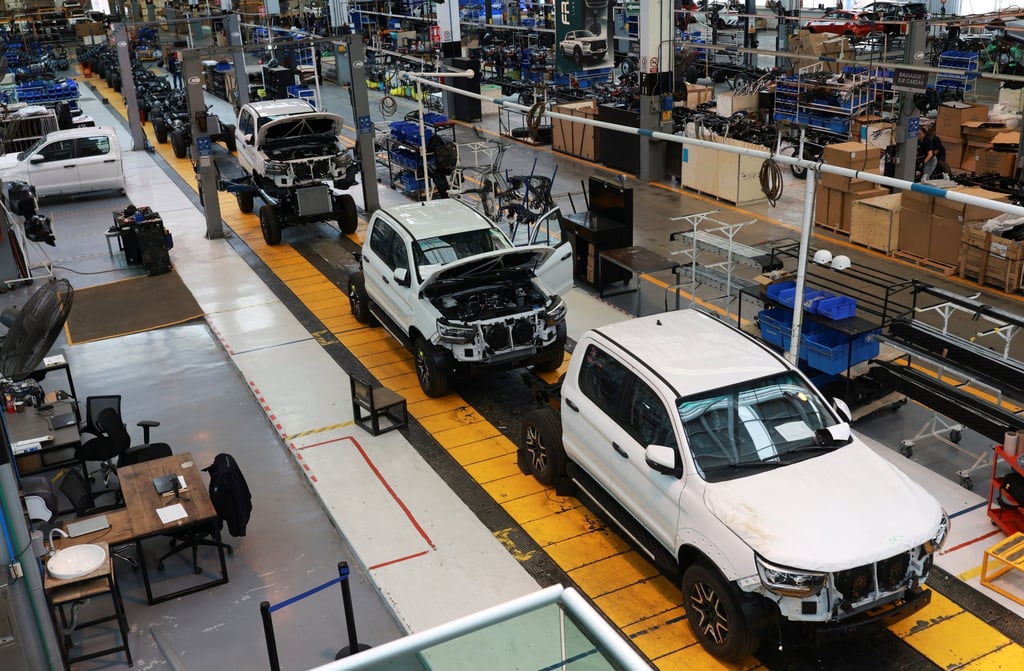Export-oriented countries in Asia are about to bear the brunt of the US trade war. Early August tariffs are starting to rack up costs for importers and consumers, along with disrupted trade flows, rising prices for goods and ultimately falling demand.
Amid this pain lies an opportunity to pivot towards a consumer-led economy. Countries in Asia that rely too heavily on US markets can create a path towards more sustainable growth and insulate their economies against the vicissitudes of capricious US policies.
Trump’s new tariff regime, one not seen in nearly a century, is now taxing most of the goods coming into the United States. Consumers and importers are taking notice as core inflation and producer prices are rising. There was a temporary import surge to get ahead of the new tax regime. Once that initial flush of economic activity fades, the deep ruts of a slowdown will become readily apparent.
For many countries in the region, China’s recent struggle with growth adds to the trade uncertainty. China’s domestic market was sizing up to be a growth engine on a par with, and possibly exceeding, the US with increasing trade flows. However, recent economic indicators, coupled with constraints on domestic demand, suggest China alone is unlikely to buoy the rest of the region in a broader slowdown in exports to the US.
Amid all the uncertainty, many countries in Asia have an opportunity to reconsider their export-led economic policies of the past. Where political forces have favoured the status quo, a dramatic downturn in trade opens the door to alternative economic models. Countries including Vietnam, Indonesia, Thailand and Malaysia, as well as advanced economies such as Japan and South Korea, can turn to their underdeveloped domestic markets as opportunities as the US sours.
There is ample room for consumer-led growth. More than two-thirds of US gross domestic product value is attributable to domestic consumption. Household consumption in Asian countries accounts for roughly 48 per cent to 58 per cent of their GDP, according to World Bank data. China comes in at only 40 per cent. Every percentage point is billions of dollars in economic activity.

Vehicles are seen on an assembly line at Chinese carmaker JAC Motors’ plant in Ciudad Sahagun, Mexico, on June 30. Photo: Reuters
